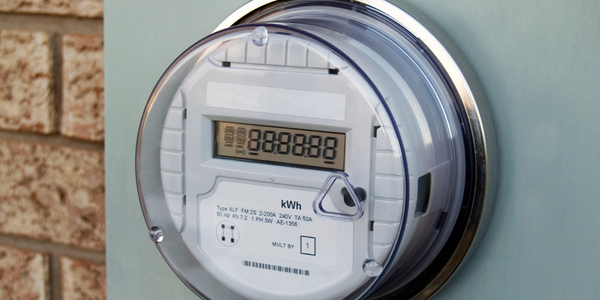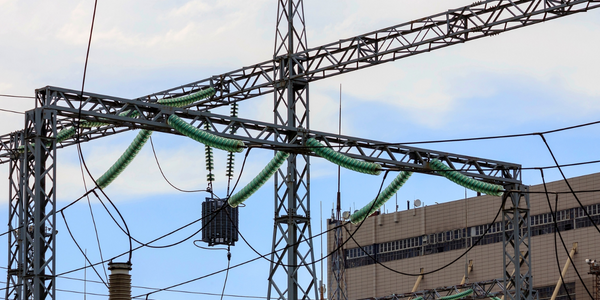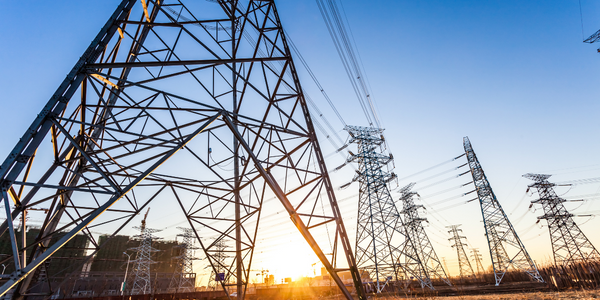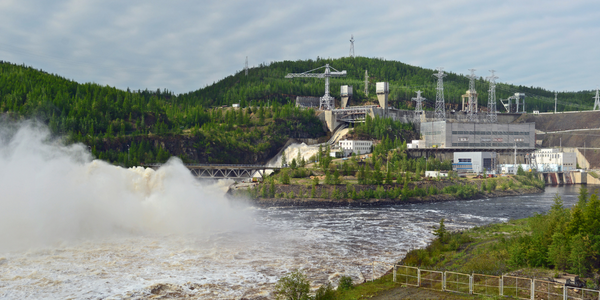Technology Category
- Application Infrastructure & Middleware - Data Visualization
- Platform as a Service (PaaS) - Application Development Platforms
Applicable Industries
- Electrical Grids
Applicable Functions
- Sales & Marketing
Use Cases
- Leasing Finance Automation
- Time Sensitive Networking
Services
- Data Science Services
- System Integration
About The Customer
Mediahub is a globally recognized media planning and buying agency that specializes in providing media data analytics solutions. They serve a range of high-profile clients, including Western Union, Netflix, Dropbox, Pinterest, and Twitch. With over 900 employees spread across 10 countries, Mediahub was named 'Media Agency of the Year' by Ad Age in 2019. The agency's primary challenge was managing and analyzing the vast amount of data scattered across various advertising platforms, which was time-consuming and often led to delays and frustration.
The Challenge
Mediahub, a leading global media planning and buying agency, was grappling with the stress of creating data reports and analyzing performance for its global clients. The agency's growing data was scattered across various advertising platforms, making it difficult to manually keep up with API changes that required constant monitoring and updating. These API connectors often broke, causing delays and requiring data engineers to spend time and effort fixing them. Despite having a full-time engineer to develop an in-house solution, Mediahub needed to automate the data acquisition and management process to alleviate the frustration and inefficiencies.
The Solution
Mediahub implemented Adverity, an automated platform, to streamline their data processes. The implementation was straightforward and quick, with the team able to start utilizing the data within two weeks. This was crucial in continuing to serve their large-scale clients without interruption. Mediahub used automation to rapidly aggregate and analyze data from advertising platforms such as Google Campaign Manager and Facebook. The collected data was funneled into a data warehouse hosted on AWS. After the data was transformed, it was sent to various analytics and data visualization tools used across the agency, such as Power BI. This complete automation and having a single source of truth for data significantly reduced the time spent on data management.
Operational Impact
Quantitative Benefit

Case Study missing?
Start adding your own!
Register with your work email and create a new case study profile for your business.
Related Case Studies.

Case Study
Hydro One Leads the Way In Smart Meter Development
In 2010, Ontario’s energy board mandated that time-of-use (TOU) pricing for consumers be available for all consumers on a regulated price plan. To meet this requirement, Hydro One needed to quickly deploy a smart meter and intelligent communications network solution to meet the provincial government’s requirement at a low cost. The network needed to cover Hydro One’s expansive service territory, which has a land mass twice the size of Texas, and its customers live in a mix of urban, rural, and remote areas, some places only accessible by air, rail, boat or snowmobile. Most importantly, the network needed to enable future enterprise-wide business efficiencies, modernization of distribution infrastructure and enhanced customer service. To meet these needs, Hydro One conceptualized an end-to-end solution leveraging open standards and Internet Protocols (IP) at all communication levels. The utility drew upon industry leaders like Trilliant to realize this vision.

Case Study
Selling more with Whirlpool
Whirlpool wanted to add connectivity to appliances and transform the company's relationship with customers. Traditionally, Whirlpool interaction with customers was limited to purchases made once every ten years. Connected washer and dryers provide exciting new features like remote management of start times and inter-machine communication.

Case Study
SAS® Analytics for IoT: Smart Grid
Companies face falling revenues, rising infrastructure costs, and increasing risk of outages caused by inconsistent energy production from renewable sources. Less money is coming in as more people and organizations take steps to curb their energy use. Utilities are paying more to maintain and build infrastructure due to increasing complexity, resulting from the rising number of intermittent and variable renewable energy sources connected in the distribution grid.

Case Study
Enel Secures Italian Power Generation Network
Electric energy operators around the world are working to increase the reliability and cyber resiliency of their systems. This includes Enel, a global power company that manages and monitors the Italian power grid. This grid:• Serves 31 million customers• Has a net installed energy capacity exceeding 31 gigawatts• Includes more than 500 power generation plants,including hydroelectric, thermoelectric, and wind• Is managed and monitored by Enel 24/7/365• Is operated by Terna, the Italian Transmission System Operator (TSO)Enel is responsible for the availability of the grid’s underlying ICS and industrial network. It also manages Regional Control Centers and Interconnection Centers which connect with the TSO. The TSO manages the flow of energy to the grid plus controls and remotely regulates the power generation of power plants, increasing and decreasing power production as required. The complex system of interaction and cooperation between Enel and the TSO has strong security implications as well as operational and business challenges.

Case Study
IoT based Energy Quality Availability Monitoring Solution
There were several challenges faced:Since this data would be in the public domain, accuracy and authenticity of this data were of paramount importance. It should be able to withstand scrutiny.It is challenging to build an appliance that can withstand a wide range of voltage fluctuations from as low at 90v to as high as 320v. Since the device would be installed in remote locations, its resilience was of paramount importance.The device would have to deal with poor network coverage and have the ability to store and re-transmit data if networks were not available, which is often the case in rural India. The device could store up to 30 days of data.The platform that deals with the data should be readily available and highly reliable and never lose a packet of data.

Case Study
Hydro Utility Builds Foundation for Powerful Efficiencies and Protection
As the main British Columbia electric distributor, BC Hydro provides 1.9 million residential, commercial, and industrial customers with energy. The hydro utility transformed to a digital business with Cisco connected networking, security, and smart grid solutions. • Deliver reliable, high-quality services • Enable remote automation and monitoring • Connect applications over a common networking infrastructure







